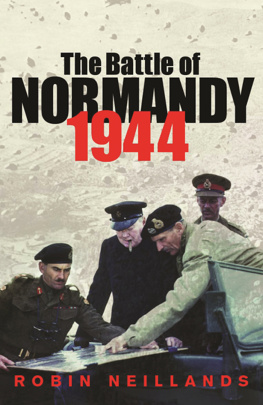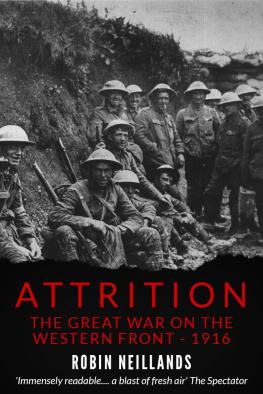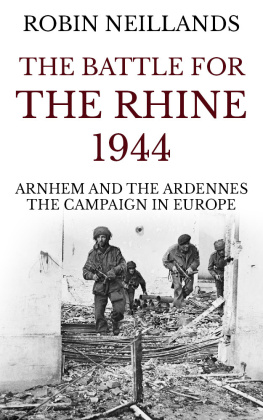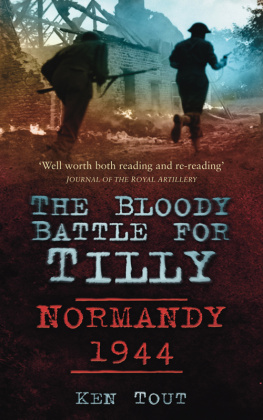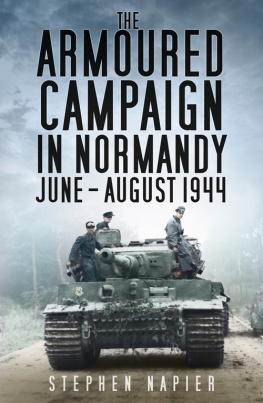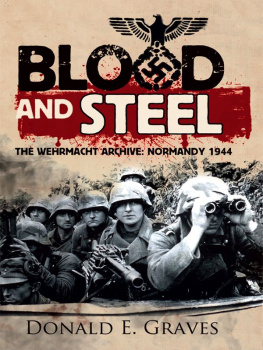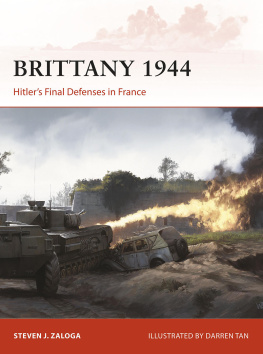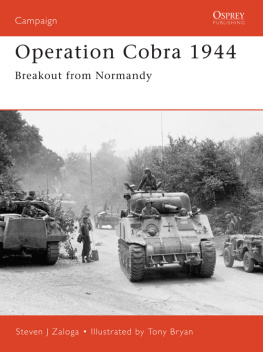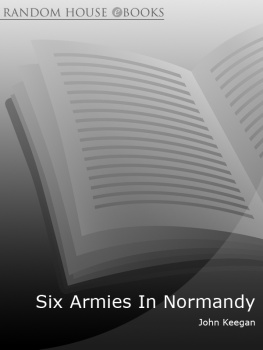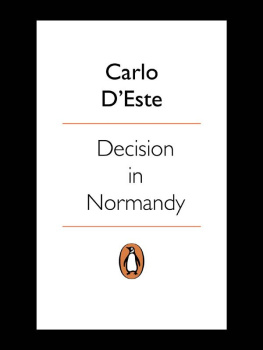Battle for the Rhine 1944
Eighth Army: From Alamein to the Alps
The Bomber War: Arthur Harris and the Allied Bomber Offensive 19391945
The Battle of Normandy 1944
The Conquest of the Reich: D-Day to VE Day
D-Day 1944: Voices from Normandy (with Roderick de Normann)
Attrition: The Great War on the Western Front 1916
The Great War Generals on the Western Front 19141918
The Old Contemptibles: The British Expeditionary Force 1914
In the Combat Zone: Special Forces Since 1945
The Desert Rats: 7th Armoured Division 19401945
By Sea and Land: The Royal Marines Commandos 19421982
The Raiders: The Army Commandos 19401945
A Fighting Retreat: Military Campaigns in the British Empire 19471997
Wellington and Napoleon: Clash of Arms
The Dervish Wars: Kitchener and Gordon in the Sudan
The Hundred Years War
The Wars of the Roses
True Stories of the SAS
Tue Stories of the SBS
True Stories of the French Foreign Legion
True Stories of the Paras
BIOGRAPHY
Grant: The Man who Won the Civil War
Churchill: Man of the Century
TRAVEL
Walking through France: From the Channel to the Camargue
Walking through Spain: Santander to Gibraltar
Walking through Ireland: Ulster to Kerry
Walking through Scotland: From the Border to Cape Wrath
The Travelling Historians Guide to France
The Battle of
NORMANDY
1944
ROBIN NEILLANDS
CASSELL
This one is for Colin Ward, a friend of mine and once of
Z Troop, 45 Commando, Royal Marines
Halcyon Days
Battles are usually fought, not as they ought to be fought, but as they can be fought; and while the literary man is laying down the law at his desk as to how many troops should be moved here, and what rivers should be crossed there and where the cavalry should be brought up and when the flank should have been turned, the wretched man who has to do the work finds the matter settled for him by pestilence, a want of shoes, empty stomachs, heavy rains, hot suns and a thousand other stern warriors who never show on paper.
CHARLES KINGSLEY, 1855
CONTENTS
MAPS
CHAPTER OPENER ILLUSTRATIONS
PHOTOGRAPHS
Troops aboard a Landing Craft Assault
The Mulberry Harbour at Arromanches
Unloading ammunition from DUKWs
General Dwight D. Eisenhower
General Montgomery and Lieutenant Generals Bradley and Dempsey
General Montgomery and his Second Army commanders
Troops advancing into a smokescreen
Rifle action in the bocage
A piped march to battle
An ammunition lorry blows up in the field
German casualties of battle
Sherman tanks at the ready
A wounded German sniper
A German machine-gunner killed at his post
British 3-inch mortars in action
The Royal Artillery in battle
General Omar Bradley and Major General Gale
A destroyed Mark IV Panzer tank
An RAF airfield in Normandy
Sherman tanks on the move
British infantry riding to war on tanks
A German surrenders
American tanks in the Cobra offensive
Villers-Bocage after the battle
Allied bombers in support of Canadian troops
British infantry and armour move in
German prisoners from the Falaise pocket
But some were not so lucky
German horse transport slaughtered in battle
A Churchill tank memorial
The German 88mm gun
The US military cemetery at Colleville-St Laurent
The British war cemetery at Bayeux
The Canadian war memorial at Carpiquet
The Canadian war memorial to Operation Totalize
The US memorial to the 30th Infantry at Mortain
A great many Allied veterans have helped me with this book, sending in their tapes or letters, agreeing to be interviewed, offering support. Many of these are veterans I met while writing the previous D-Day book with Major Roderick de Normann, while others were contacted via the Normandy Veterans Association in Britain or through local papers in Britain, the United States and Canada.
I would also like to record my thanks to the archives at the Imperial War Museum and National Army Museum in London, the Public Records Office at Kew and numerous museums in Normandy, including the US Airborne Museum at Ste-Mre-glise, the Battle of Normandy Museum at Bayeux, the Muse de la Dbarquement at Arromanches, the Sixth Airborne Museum at Pegasus Bridge, the Fort Garry Museum, Winnipeg and George Milne of the Museum of the Regiments, Calgary, Alberta. Thanks are also due to the Canadian and American Legion and the Royal British Legion for helping my search for veterans while the London Library were indefatigable in hunting down out-of-print books.
One of the great pleasures of writing military history is the people you meet. So far at least and I have been doing this for some twenty years they have been unfailingly kind and helpful, always willing to share information and less than scathing in the correction of my mistakes; no one could wish for better or more professional colleagues. For reading the text in draft, pointing out my errors and suggesting improvements which I have not hesitated to adopt, my thanks go to Major General Julian Thompson, CB OBE, to Major General Ken Perkins, CB MBE DFC, to Sydney Jary, MC, for his support and permission to quote from his excellent memoir Platoon Commander, my American friend Dr Steve Weiss of the Department of War Studies at Kings College, London, Nigel Hannaford of the Calgary Herald and Jeanne Simpson of Legion Magazine, Ottawa, to Group Captain Peter Bird and Dr Tom Buchanan of Oxford University.
My thanks also go to John Coleby and to two good and long-standing American friends, Jack Capell, late of the 4th US Infantry Division and Bob Sales of the 29th US Infantry Division. Thanks also to Terry Brown of 42 Commando, Royal Marines, for the maps, to my colleague at the University of Reading, Gerry Paxton, for his encouragement and advice, to Professor Michael Biddiss, also of the University of Reading for his helpful suggestions on the text, and an old friend from 45 Commando, Colin Ward, for his help in interviewing veterans and his support in good times and bad in recent years. My thanks also to Dr Helmut Schnatz and Dr Remedio Graf von Thun for their generous help with my various problems on the German side in Normandy.
My thanks also go in particular to all the Allied veterans of the Normandy campaign who sent in their accounts and allowed me to question them closely about details of the various battles. I have attempted to put in as many relevant accounts as possible but it has not been possible to include them all although all were useful not least as a check on the rest. My thanks for help, therefore, go to:
H. G. Alcock, 1/7th Middx, 51st Highland Division; James Anderson, RASC; Charles Bedford, 1st Bn the Manchester Regiment; Frank Andrews, 6th Airborne Division; Jack Andrews; Jim Barrance, 1st Bn Manchester Regiment; Bill Berry, 110th LAA Regiment, 43rd Division; Jim Bond, ML 194, Royal Navy; David Bonnell, 27th Armoured Regiment, First Canadian Army; Eric Brown MC, 73 Anti-Tank Regiment, Royal Artillery; John Butler, 6th Airborne Division; Mrs Ishbel Burgoyne; Margaret Cantwell, for her help in Canada; Jack Capell, 4th US Infantry Division; Harper Coleman, 4th US Infantry Division.

